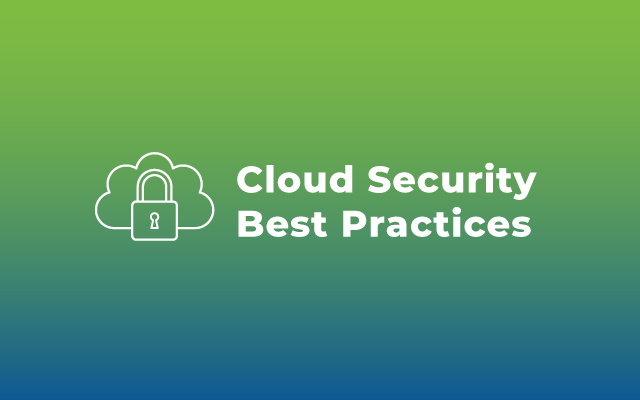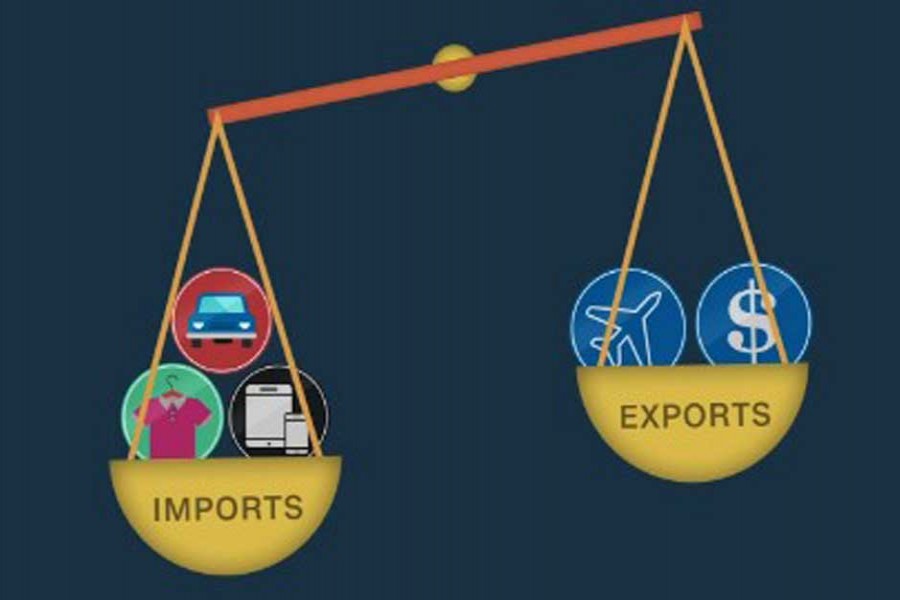Transferred Data: A Comprehensive Guide To Secure Data Migration

Table of Contents
Planning Your Secure Data Migration Strategy
Before you begin transferring any data, meticulous planning is essential. A well-defined strategy minimizes risks and maximizes the chances of a successful migration. This includes a thorough assessment of your data, selection of the appropriate migration method, and establishment of rigorous security protocols.
Assessment and Inventory:
Before initiating the transfer, a thorough data assessment is absolutely crucial. This involves:
- Identifying the volume and type of data: Determine the total amount of data (terabytes, petabytes, etc.) and its various formats (databases, files, etc.).
- Categorizing data by sensitivity: Classify data according to sensitivity levels (confidential, private, public) to determine appropriate security measures. This might involve identifying Personally Identifiable Information (PII) or Protected Health Information (PHI).
- Documenting all data sources and destinations: Create a detailed inventory of all source systems and their corresponding target locations. This includes databases, servers, cloud storage, etc.
- Using data mapping tools: Employ specialized tools to map the data structures and relationships between source and destination systems, ensuring a smooth and accurate transfer. This visualization aids in identifying potential inconsistencies or data loss risks.
Choosing the Right Migration Method:
Several methods exist for data migration, each with its own advantages and disadvantages:
- Direct Database Transfer: Suitable for smaller databases, this method involves a direct transfer from the source to the target database. It minimizes downtime but carries a higher risk of failure, requiring a robust rollback plan.
- Phased Migration: This approach reduces risk by migrating data in stages. It's more time-consuming but allows for easier error detection and correction. A phased approach is ideal for large datasets or complex systems.
- Cloud-Based Migration: Leveraging cloud services offers scalability and flexibility. However, it requires careful planning to ensure data security and compliance within the chosen cloud environment. Consider factors like data encryption at rest and in transit, access controls, and cloud provider security certifications.
- Third-Party Migration Tools: Many vendors offer specialized migration tools with advanced features. Carefully evaluate their security credentials, track record, and cost-effectiveness before engaging their services.
Defining Security Protocols:
Establishing robust security protocols is paramount to protecting your data during the migration. This includes:
- Implementing robust data encryption: Employ strong encryption algorithms (like AES-256) both in transit and at rest to protect data from unauthorized access.
- Using strong authentication and access controls: Limit access to authorized personnel only, utilizing multi-factor authentication (MFA) to strengthen security. Implement role-based access control (RBAC) to restrict access based on user roles and responsibilities.
- Regularly auditing and monitoring the migration process: Continuous monitoring helps detect anomalies and potential security breaches early on. Use security information and event management (SIEM) systems to centralize log management and threat detection.
- Developing a comprehensive incident response plan: Prepare for potential security incidents by creating a detailed plan outlining steps to take in the event of a breach, including data recovery procedures and communication strategies.
Ensuring Data Integrity During Transfer
Maintaining data integrity throughout the migration is crucial. This involves several key steps to ensure accuracy, completeness, and consistency of the transferred data.
Data Validation and Verification:
After the transfer, verify the accuracy and completeness of the data. This includes:
- Conducting data comparison checks: Compare data in the source and destination systems to identify any discrepancies.
- Implementing data quality checks and validation rules: Employ data validation rules to ensure data conforms to specific standards and constraints.
- Utilizizing checksums and hash functions: Checksums and hash functions provide a mechanism to verify the integrity of the data by comparing values before and after the migration. Any mismatch indicates corruption or alteration.
Data Cleansing and Transformation:
Before migrating, cleanse and transform your data to ensure compatibility and consistency. This may involve:
- Removing duplicate or irrelevant data: Identify and remove duplicate entries or data points that are no longer necessary.
- Standardizing data formats and structures: Ensure consistent formats and structures across datasets to improve data quality and facilitate integration.
- Addressing data inconsistencies and errors: Correct any inconsistencies or errors in the data before migration to prevent problems in the target system.
Rollback and Recovery Plans:
Develop comprehensive rollback and recovery plans to handle potential issues. This includes:
- Developing a clear rollback plan: Define a clear process to revert to the original data source if the migration fails.
- Regularly backing up data during the migration process: Create regular backups of data at multiple points throughout the migration to facilitate recovery from unforeseen issues.
- Testing recovery procedures: Regularly test your recovery plans to ensure their effectiveness and identify any areas for improvement.
Post-Migration Security and Maintenance
Post-migration security and maintenance are just as critical as the migration process itself. Ongoing monitoring and security measures are essential to protect your transferred data.
Security Audits and Monitoring:
Continuously monitor and audit the transferred data for vulnerabilities.
- Implement security information and event management (SIEM) systems: Centralize log management and threat detection with a SIEM system.
- Regularly scan for malware and vulnerabilities: Use automated tools to regularly scan for malware and vulnerabilities in your systems.
- Conduct penetration testing: Perform penetration tests to identify potential security weaknesses and vulnerabilities in your systems.
Access Control and Permissions:
Maintain strict access control to the transferred data.
- Implement role-based access control (RBAC): Grant access only to authorized personnel based on their roles and responsibilities.
- Regularly review and update user permissions: Review and update user permissions periodically to ensure they align with current needs.
- Employ least privilege principles: Grant users only the minimum necessary access rights to perform their tasks.
Compliance and Governance:
Ensure compliance with relevant data privacy regulations.
- Understand and adhere to regulations such as GDPR, CCPA, etc.: Familiarize yourself with and comply with all relevant data privacy regulations.
- Implement data retention policies: Establish clear data retention policies to manage the storage and disposal of data.
- Document all data migration procedures and security measures: Maintain comprehensive documentation of all procedures and security measures taken throughout the data migration process.
Conclusion:
Successfully transferring data requires meticulous planning, robust security measures, and ongoing maintenance. This guide has highlighted crucial aspects of secure data migration, from initial assessment and data preparation to post-migration monitoring and compliance. By implementing the strategies outlined above, you can significantly minimize risks, ensure data integrity, and maintain compliance with relevant regulations. Don't leave your valuable data vulnerable – prioritize secure data migration and protect your business. Learn more about best practices for transferred data and ensure a seamless and secure migration today!

Featured Posts
-
 Bitcoin Madenciligi Karliligini Kaybediyor Iste Nedenleri
May 08, 2025
Bitcoin Madenciligi Karliligini Kaybediyor Iste Nedenleri
May 08, 2025 -
 Understanding Data Transfer Methods Security And Best Practices
May 08, 2025
Understanding Data Transfer Methods Security And Best Practices
May 08, 2025 -
 Canadas Trade Deficit Shrinks 506 Million In Latest Figures
May 08, 2025
Canadas Trade Deficit Shrinks 506 Million In Latest Figures
May 08, 2025 -
 Transferred Data A Comprehensive Guide To Secure Data Migration
May 08, 2025
Transferred Data A Comprehensive Guide To Secure Data Migration
May 08, 2025 -
 Top 10 Characters In Saving Private Ryan A Definitive Ranking
May 08, 2025
Top 10 Characters In Saving Private Ryan A Definitive Ranking
May 08, 2025
Latest Posts
-
 56 Million Boost For Community Colleges To Combat Nursing Shortage
May 09, 2025
56 Million Boost For Community Colleges To Combat Nursing Shortage
May 09, 2025 -
 Anchorage Witnesses Second Anti Trump Protest In Two Weeks
May 09, 2025
Anchorage Witnesses Second Anti Trump Protest In Two Weeks
May 09, 2025 -
 Four New Openings In Anchorage Candle Studio Alaska Airlines Lounge Korean Bbq Diner And Eye Tooth Restaurant
May 09, 2025
Four New Openings In Anchorage Candle Studio Alaska Airlines Lounge Korean Bbq Diner And Eye Tooth Restaurant
May 09, 2025 -
 New Anchorage Establishments Candle Studio Alaska Airlines Lounge Korean Bbq And Eye Tooth Restaurant
May 09, 2025
New Anchorage Establishments Candle Studio Alaska Airlines Lounge Korean Bbq And Eye Tooth Restaurant
May 09, 2025 -
 Anchorage Welcomes Candle Studio Alaska Airlines Lounge Korean Bbq And Eye Tooth Restaurant
May 09, 2025
Anchorage Welcomes Candle Studio Alaska Airlines Lounge Korean Bbq And Eye Tooth Restaurant
May 09, 2025
